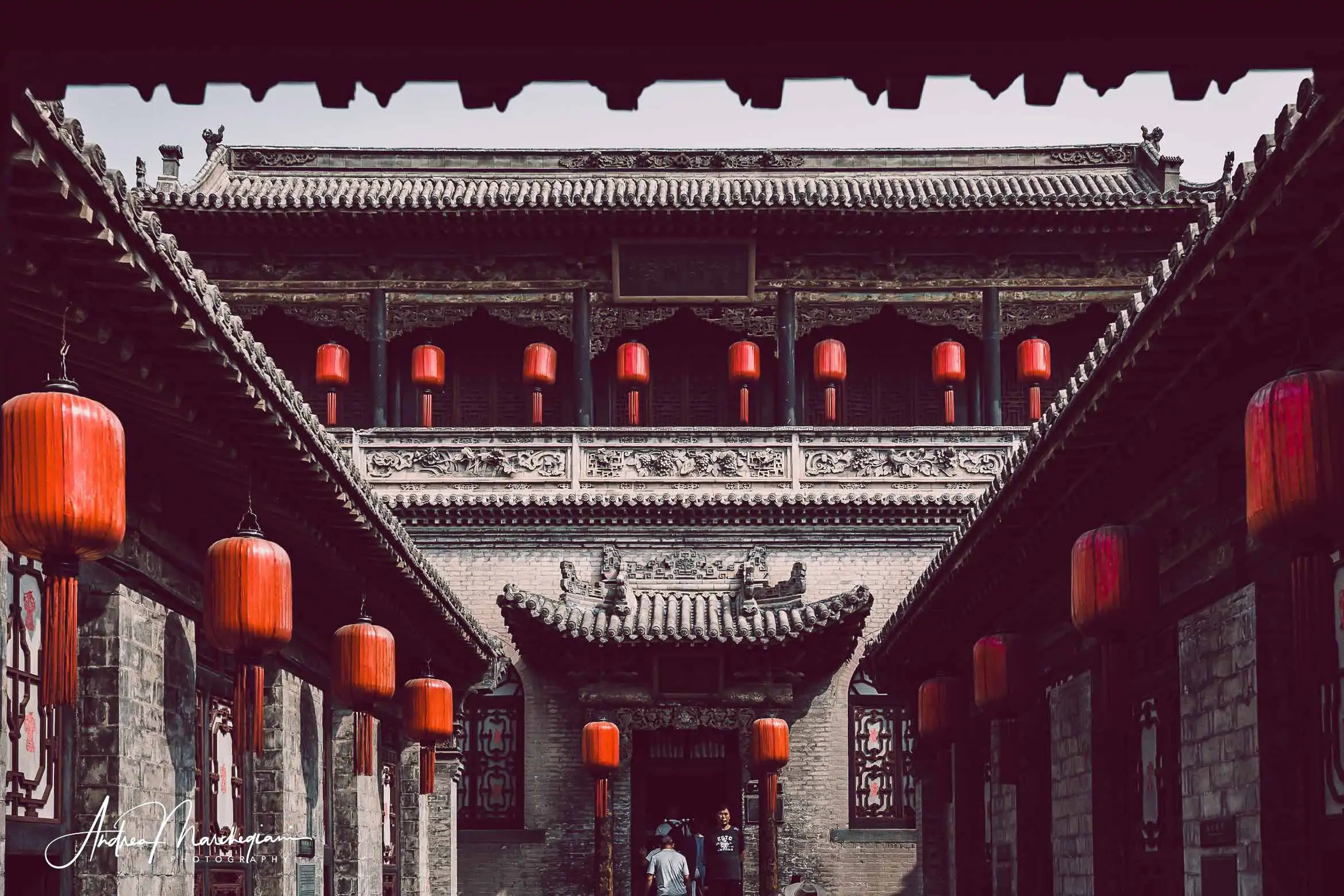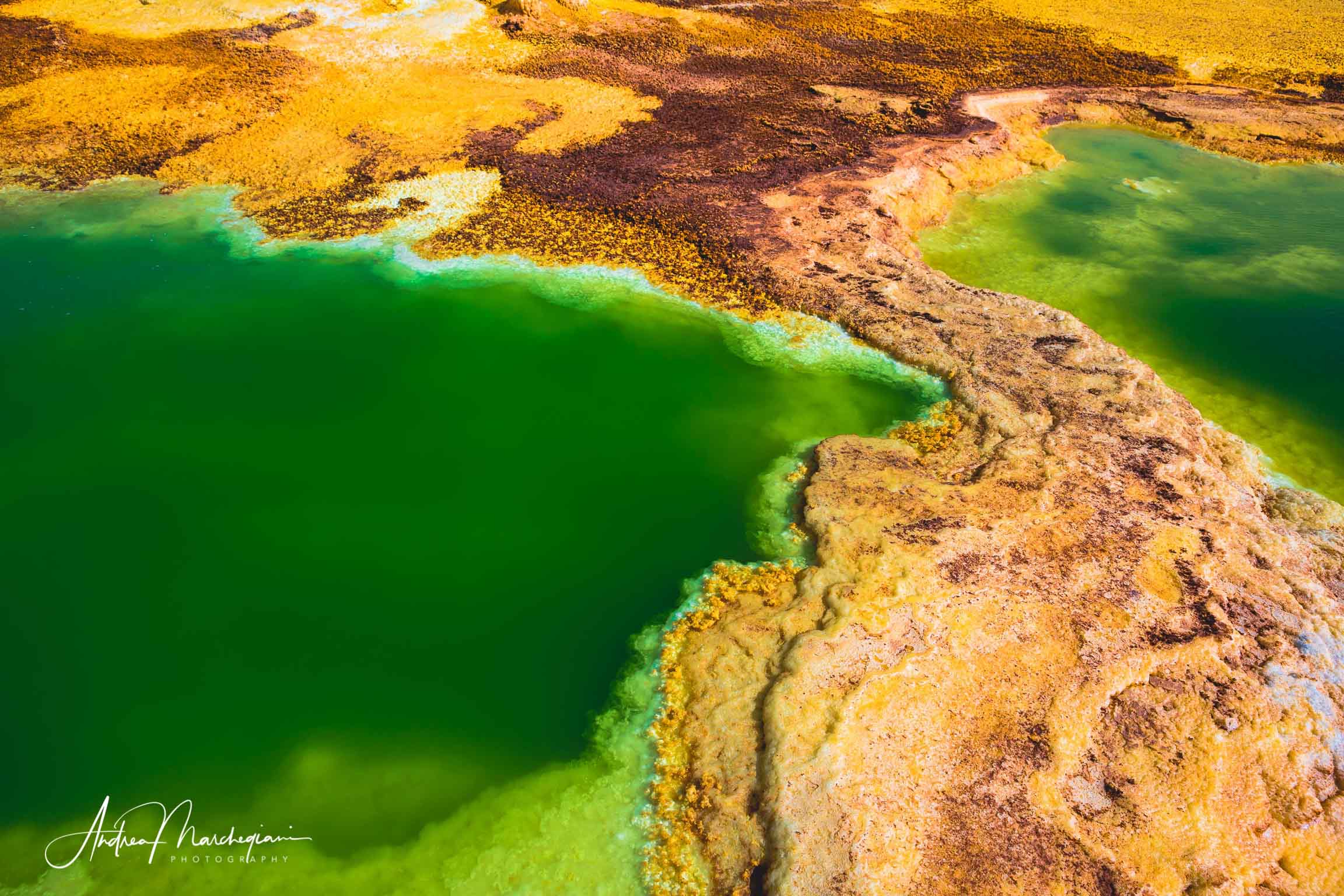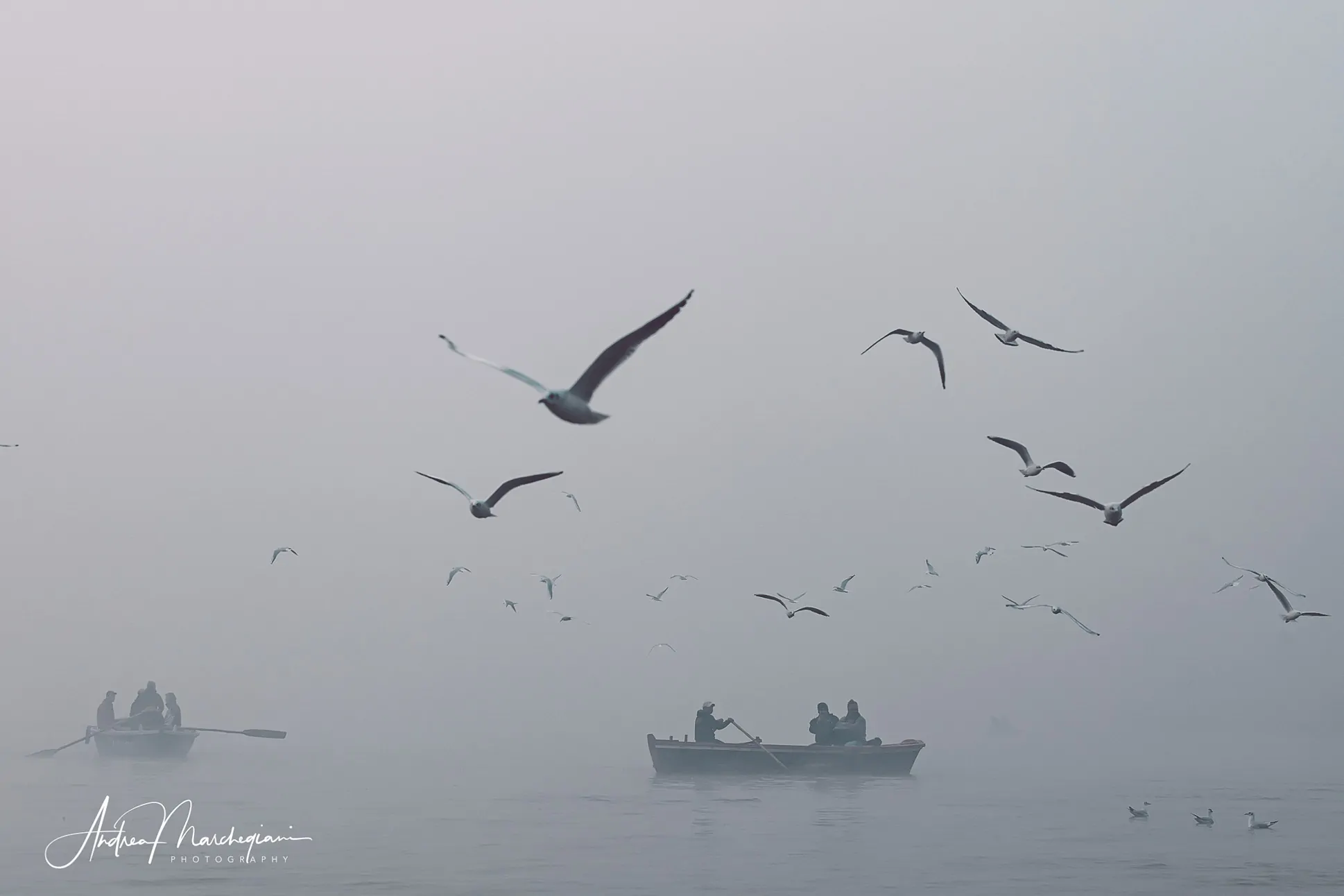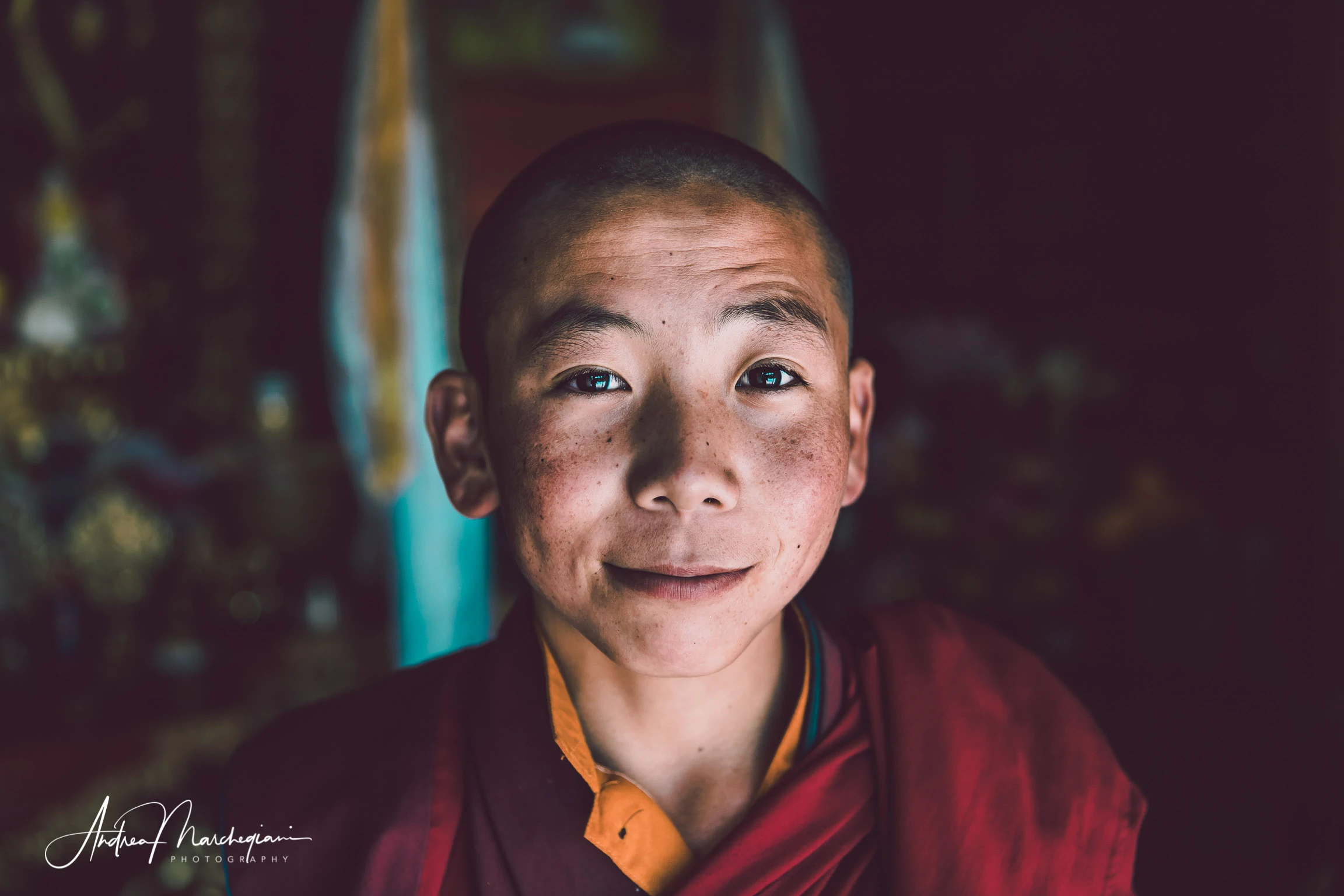
- Home
- Photo Galleries
- Portrait Photography
- Landscape Photography
- Street Photography
- China
- Ethiopia
- India
- Holy Ganges
- Varanasi
- Varanasi Ganga Aarti
- Varanasi, Manikarnika Ghat
- Varanasi Streets & Alleys
- Varanasi Demolition
- Varanasi Fruit Market
- Sarnath
- Brick Kilns
- Tamil Nadu, Chennai & Mamallapuram
- Tamil Nadu, Fort Tirumayam & Madurai
- Tamil Nadu, Tiruvannamalai & Thanjavur
- Kerala, Munnar
- Kerala, Peryiar
- Kerala, Backwaters
- Kerala, Kochi
- Kazakhstan
- Myanmar
- Senegal
- Uzbekistan
- Travel Blog
- China
- Ethiopia
- India
- Tamil Nadu & Kerala
- Varanasi
- Whato to do in Varanasi
- Varanasi Life along the Ghats
- Varanasi Death along the Ghats
- Varanasi Ganga Aarti Ceremony
- Varanasi demolished to honor Shiva
- Varanasi Fruit Market
- “Varanasi, A Journey into the Infinite”
- Sarnath
- All about River Ganges
- Holy Shit. All about Indian Cow Dung
- Clean India Project
- Brick factories
- Tilaka, pundra, bindi: what is the mark on Indian foreheads?
- Kazakhstan
- Mongolia
- Ulaanbaatar, the coldest capital in the world
- What to do in Ulaanbaatar
- Chinggis Khan Museum, 6 floors of Mongolian history
- Gorkhi-Terelj National Park and Bodgkhan Natural Reserve
- Altai Mountains, Things to do in Olgii and Sagsai
- Living with the Eagle Hunters
- Sagsai Eagle Festival
- Navrus Festival
- Xöömej, Mongolian throat singing
- Mongolian Food
- Myanmar
- Senegal
- Uzbekistan
- Latest Posts
- Photography Blog
- About
- Prints
What lies within the soul of a photographer? How does it take shape? How does a photographer manage to imprint their emotions into the images they capture and merge them with those of the subjects portrayed? Interview with Andrea Marchegiani, one of the most engaging Italian travel photographers in recent years.
Interview conducted for “Va dove ti porta il blog” magazine | May 2021.
Share with your friends:
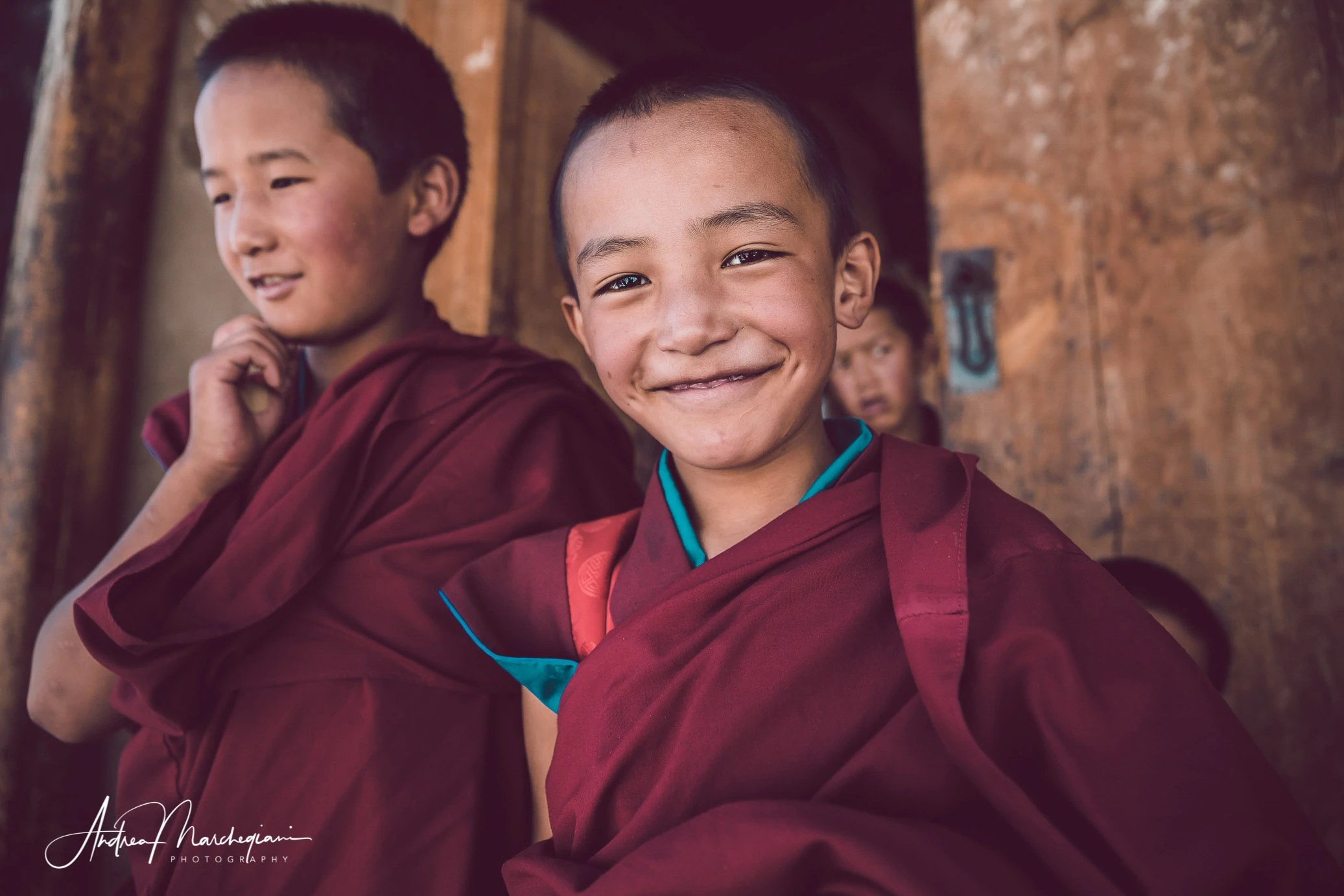
Have you ever had the sensation of being in the presence of a friend, even though you have no idea who they really are or what their story is? This is what happened to me after seeing some of Andrea Marchegiani’s photographs.
Using the term “seeing” in this case is entirely inappropriate. Andrea’s travel photography is observed, admired, and somehow lived. There is no need for anything else to understand who is behind the lens. There are dozens and dozens of talented photographers capable of making an image attractive, interesting, or stimulating. Very few, however, have Andrea’s gift of being able to imprint the emotions he experiences, along with the soul of the subject being portrayed, all in a single shot. It’s a combination of emotion, charm, and astonishment.
Graduating from DAMS at Roma Tre in film and screenwriting, Andrea continued his artistic education by attending courses in photography, videography, and video editing. His creative spirit led him to experiment with different roles, such as an actor, author, director, and screenwriter. In 2008, he founded the Sfero Productions photography studio, which operates in the wedding industry.
However, traveling remains his greatest passion, a passion that has turned him into an important travel photographer and reporter today. His photographs have been exhibited in numerous shows and featured in various national magazines.
Before conducting this interview, I immersed myself completely in Andrea’s world, exploring images and stories on his beautiful blog. In doing so, I realized how closely our views of the world, life, and travel align. Both of us approach our adventures with positivity and without prejudice. Furthermore, our wanderings are drastically influenced by the encounters we make along the way.
I invite you, therefore, to discover this artist with extraordinary sensitivity through his eyes.
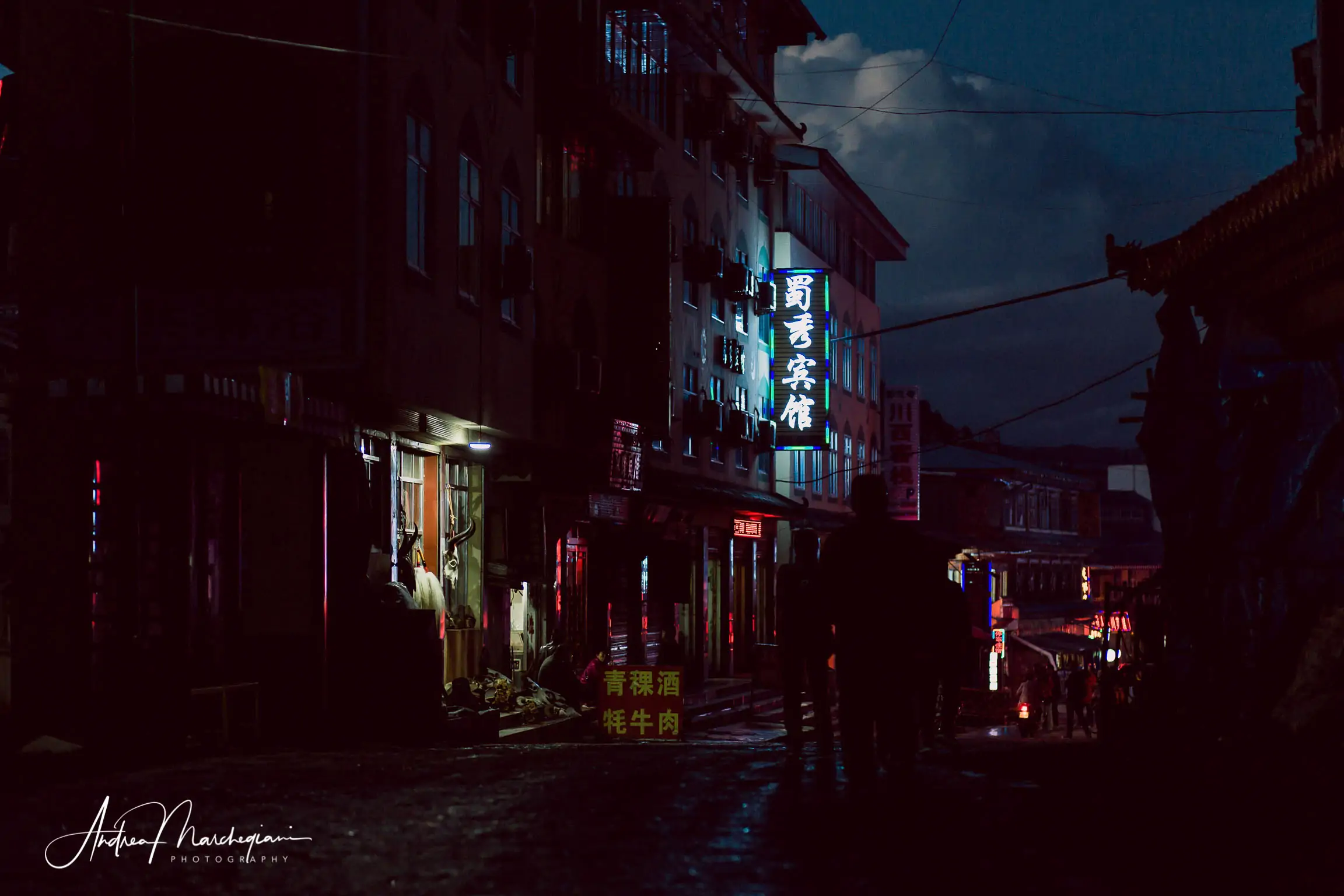
How did your passion for photography and travel come about?
These are passions I have had since forever and have gradually grown stronger.
Photography is a way for me to express love. If something excites or touches me, I capture it on the sensor. Then, in post-production, I make love to it!
And I travel because I am not enough on my own. I am curious to encounter others, to marvel at diversity. I lose myself in the world only to find myself changed, grown, thanks to the encounters and experiences I have. When I travel, I deconstruct myself to embrace the unknown, then I digest it, integrate it, and reassemble myself in a slightly different way. I am like a puzzle that keeps expanding, with increasingly complex interconnections.
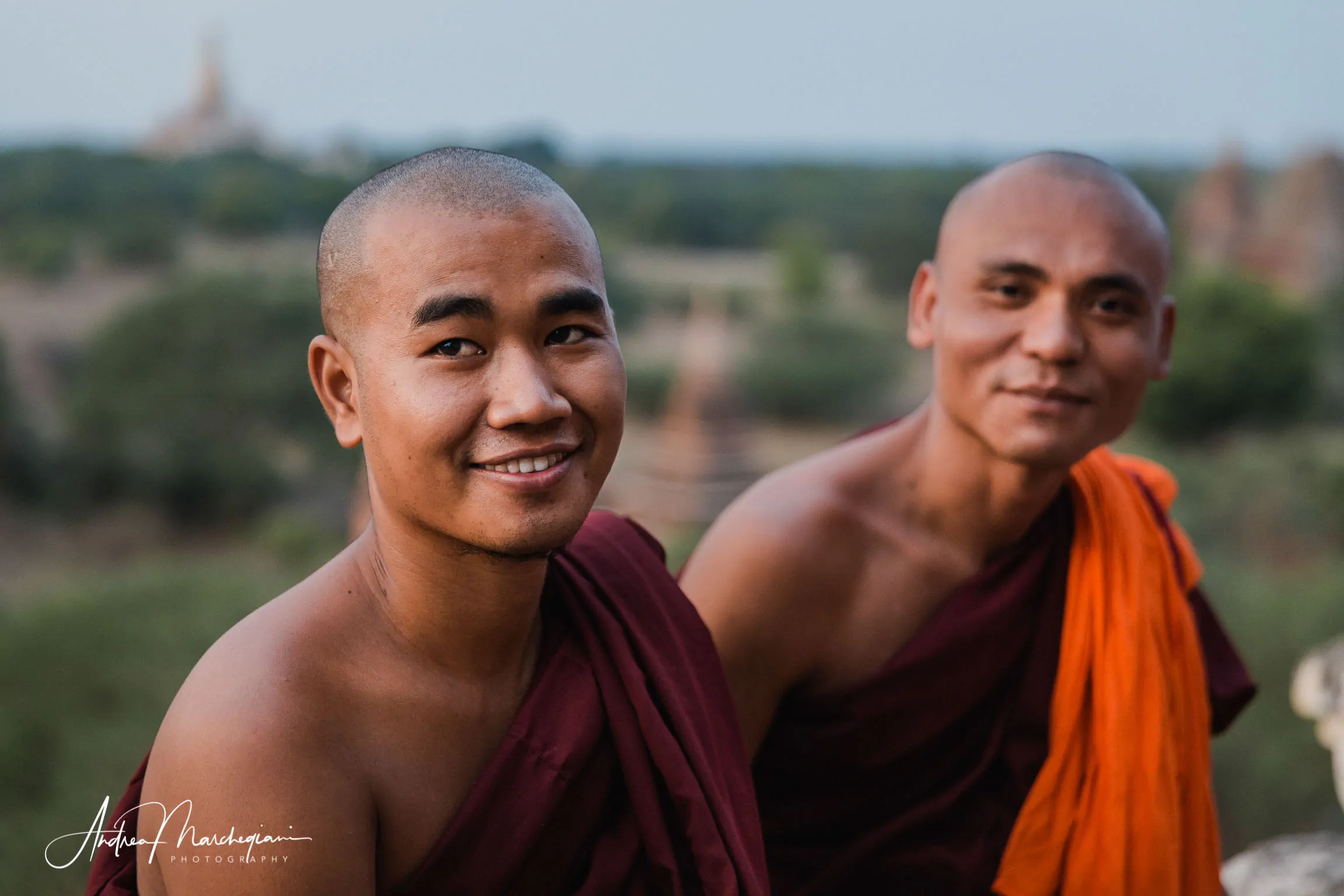
Looking at your educational background, we can say that you are a well-rounded artist. Do you believe that the skills you acquired in multiple fields have been useful in becoming the professional you are today? Or was it simply a wide-ranging exploration to discover the right path?
Those who seek never know what they will find. We proceed through trial and error. But everything we experience shapes who we are, our perspective on the world. It’s true, I have walked various paths, and each one has led me to the next. There has been a seamless continuity.
As a young boy, I had such inner chaos , I needed to understand who I was. It was a vital necessity. The experience of theater and writing served me greatly in this regard. The theater academy I attended was based on the Stanislavski method, which focuses on total emotional identification with the character. We also studied Lowen’s Bioenergetics, a psychotherapeutic approach centered on the release of repressed emotions. It was a pivotal step in my development, but there was something that didn’t make me feel fulfilled. Being an actor tends to isolate you because you’re not the one reaching out to others. You attract them by showing parts of yourself they can mirror. It’s a fascinating thing, but it made me feel alone. During those years, I also dedicated myself to writing. I wrote several plays and directed short films. Then I invested two years in writing a screenplay for a film. But I never found the right producer. I actually received several offers, but the project never took off. For a few years, it seemed like I didn’t know what to do with myself.
So, I set off for Ecuador, where I worked at an orphanage for a month. It changed my life. I realized that only by dedicating myself to others could I overcome that sense of isolation I felt. I also realized how little I knew about the world, so I started exploring it.
Photography traveled alongside all of this. I never thought of making it a job, but I always took photos. It was only at the age of 30 that I decided to open a photography studio. I had to make a living, after all! My empathy made it easy for me to connect with brides, with the delicate experiences that accompany them to the altar, and I immediately started working successfully.
Weddings allowed me to enter the intimacy of families different from mine, and travel made me feel comfortable with cultures different from my own. That’s what I needed to dissolve that sense of loneliness I carried within me. I wouldn’t be who I am today if I hadn’t spent so much time listening first to myself as an actor and then to others as a photographer. So, yes, I believe it has all been one tortuous journey.
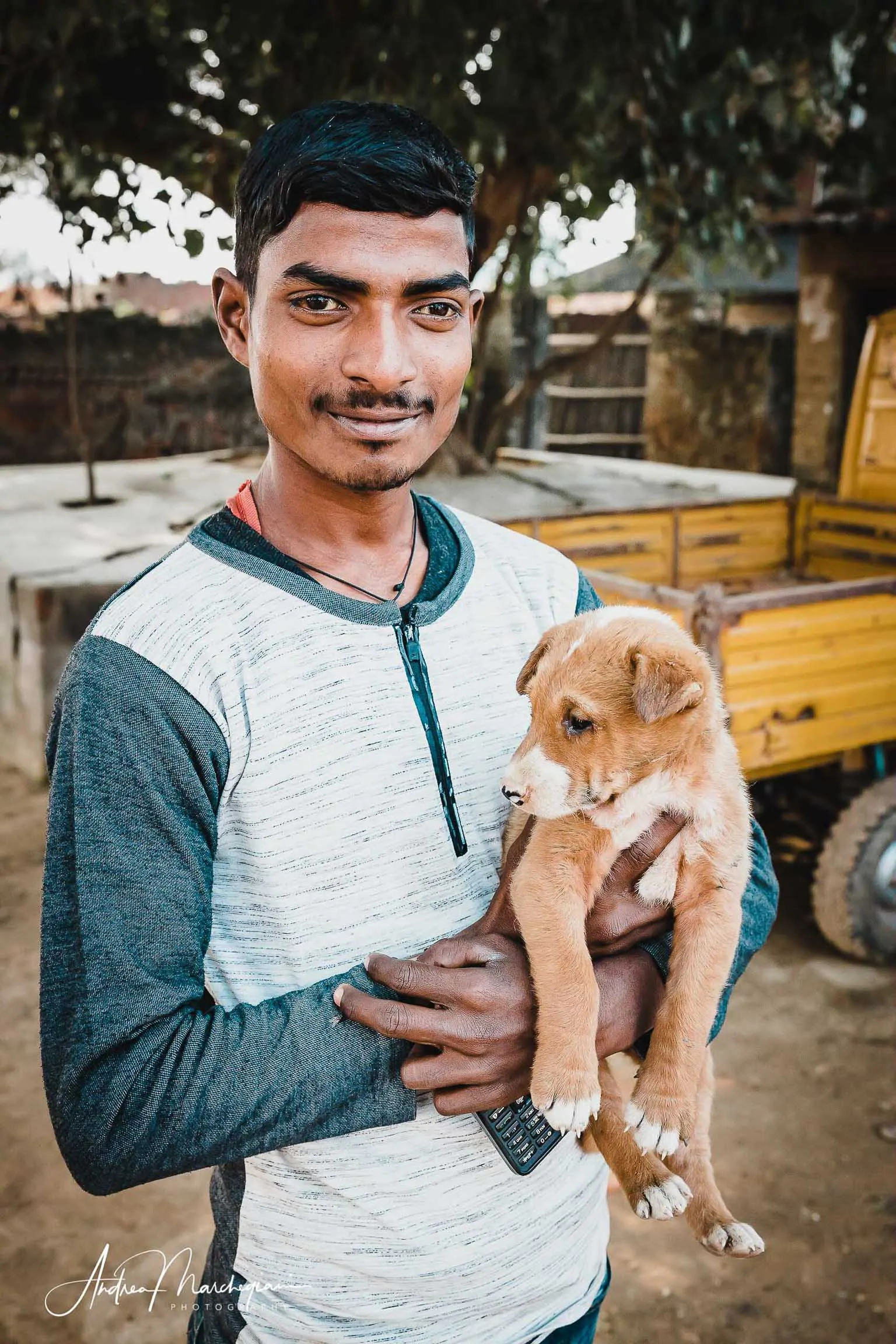
How do you approach people when you want to take their portrait?
With kindness. A friend of mine once told me that I smile in such a genuine way that people immediately open their hearts to me. I’m not sure if it’s true, but it’s one of the most beautiful things anyone has ever said to me, and I hope to live up to the compliment.
Because I truly care about people. When I return from a trip, I often don’t remember the names of the places I’ve seen – that’s why I document everything in my travel blog! – but if you ask me how the people I’ve met were feeling, I can talk for hours.
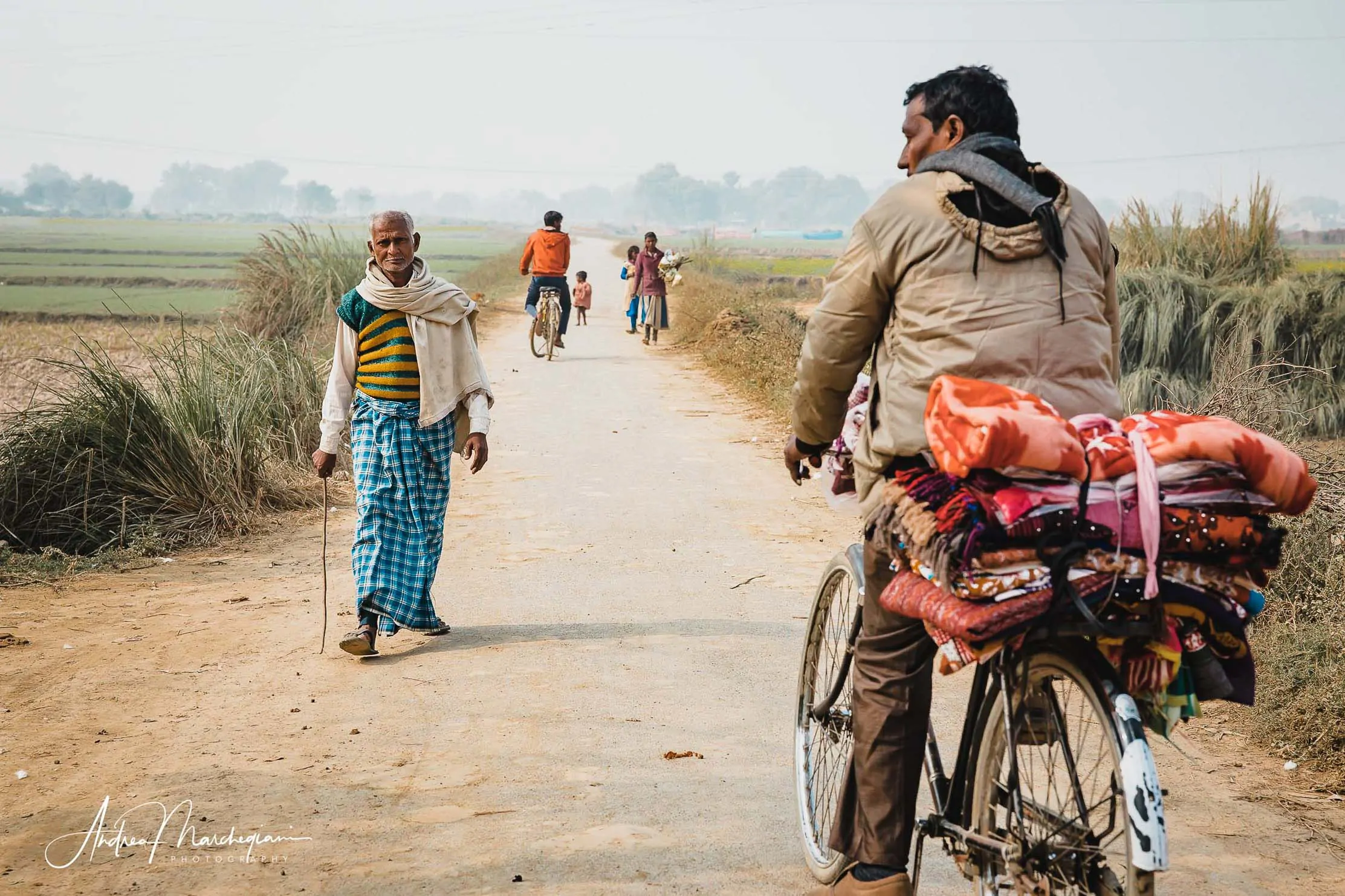
Typically, your travels take place in unusual and less frequented destinations by mass tourism. There is a clear preference for Asia and Africa. Is there a specific reason for this? What do you seek when embarking on a new journey?
Mind-blowing experiences! Asia is a continent full of charm: it has traditions very different from ours, and the people are very kind. Myanmar opened my heart, China amused me incredibly, and the Tibetan regions have deeply moving atmospheres. In Thailand, I ate until I burst, and in India, I experienced incredible crowds! I think I have developed an addiction to Asia, and I can’t wait to return to India and China.
Africa is different. It has immense landscapes that reconcile us with Mother Earth. In Botswana, I slept in a tent in the savannah. I can’t wait to share the pictures I took. But I have also witnessed problematic social situations that hold us accountable as Westerners. In Senegal, I was often looked at with resentment and suspicion because of the color of my skin. It’s an experience we should all have to understand how it feels. But it was Ethiopia that enchanted me to the point of giving me the courage to share my photos with the world.
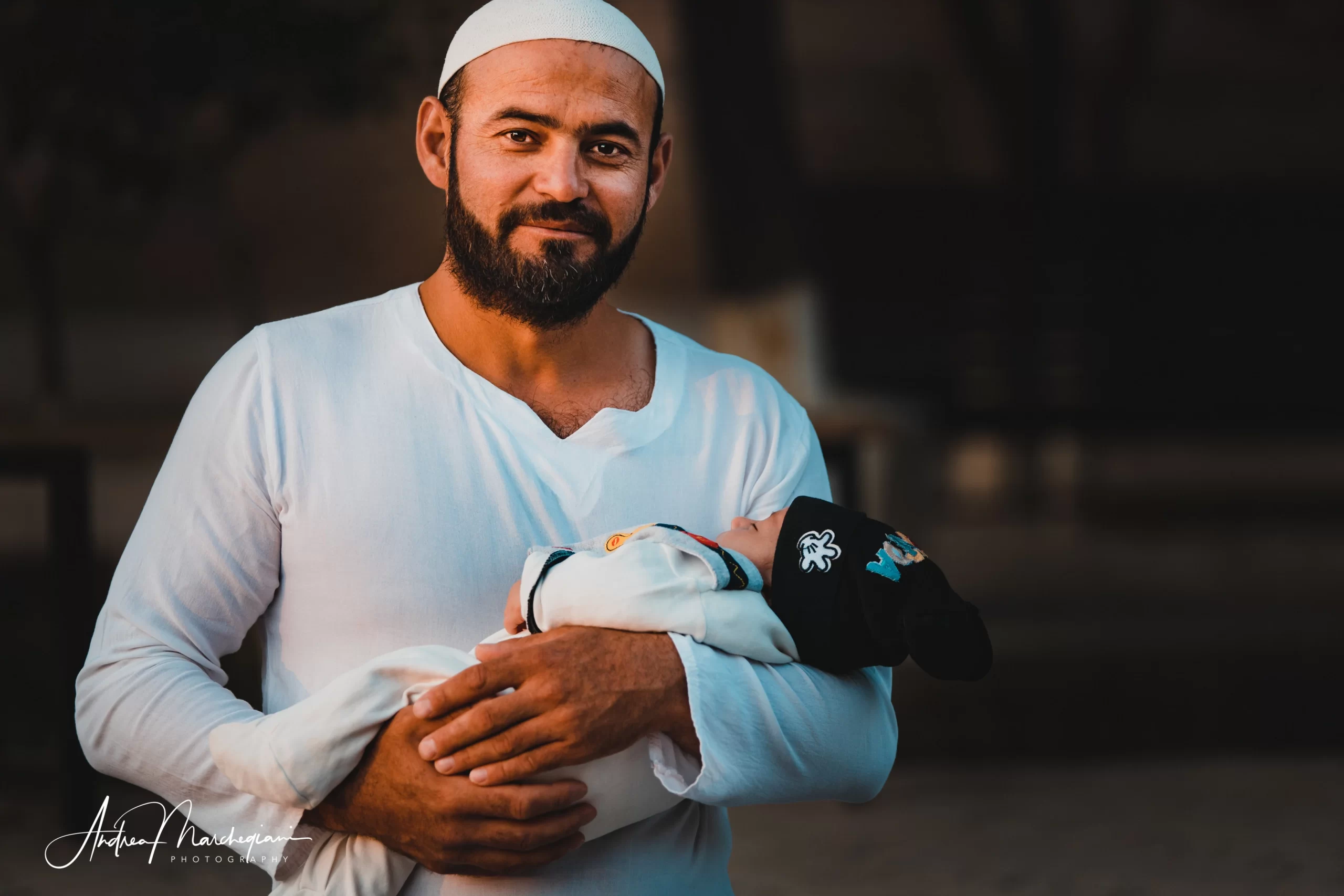
Rethinking all your travels, which was the most emotionally thrilling moment and which was the most adrenaline-inducing moment?
In Botswana, I spent my birthday trying not to be attacked by a pack of hyenas! In Ethiopia, on the other hand, I was the one feeding them directly from my mouth. Traveling teaches you never to judge things at face value; everything takes on different meanings depending on the circumstances.
But the most touching experience I had was in China, in the Tibetan provinces. I was playing with a group of children in a remote village in the grasslands of Gansu. Suddenly, they went away and came back with bouquets of flowers for me. I had to hold back tears!
In Senegal, however, I couldn’t hold them back. I was visiting Goree, an island from which millions of slaves were sent to work in cotton fields in America. The guide described the methods used by European colonizers to break the spirit of the indigenous people, the torture, the rapes, the chains. I cried out of anger and shame. Even sharing it on my blog was not easy, but it was a moral duty to do so.
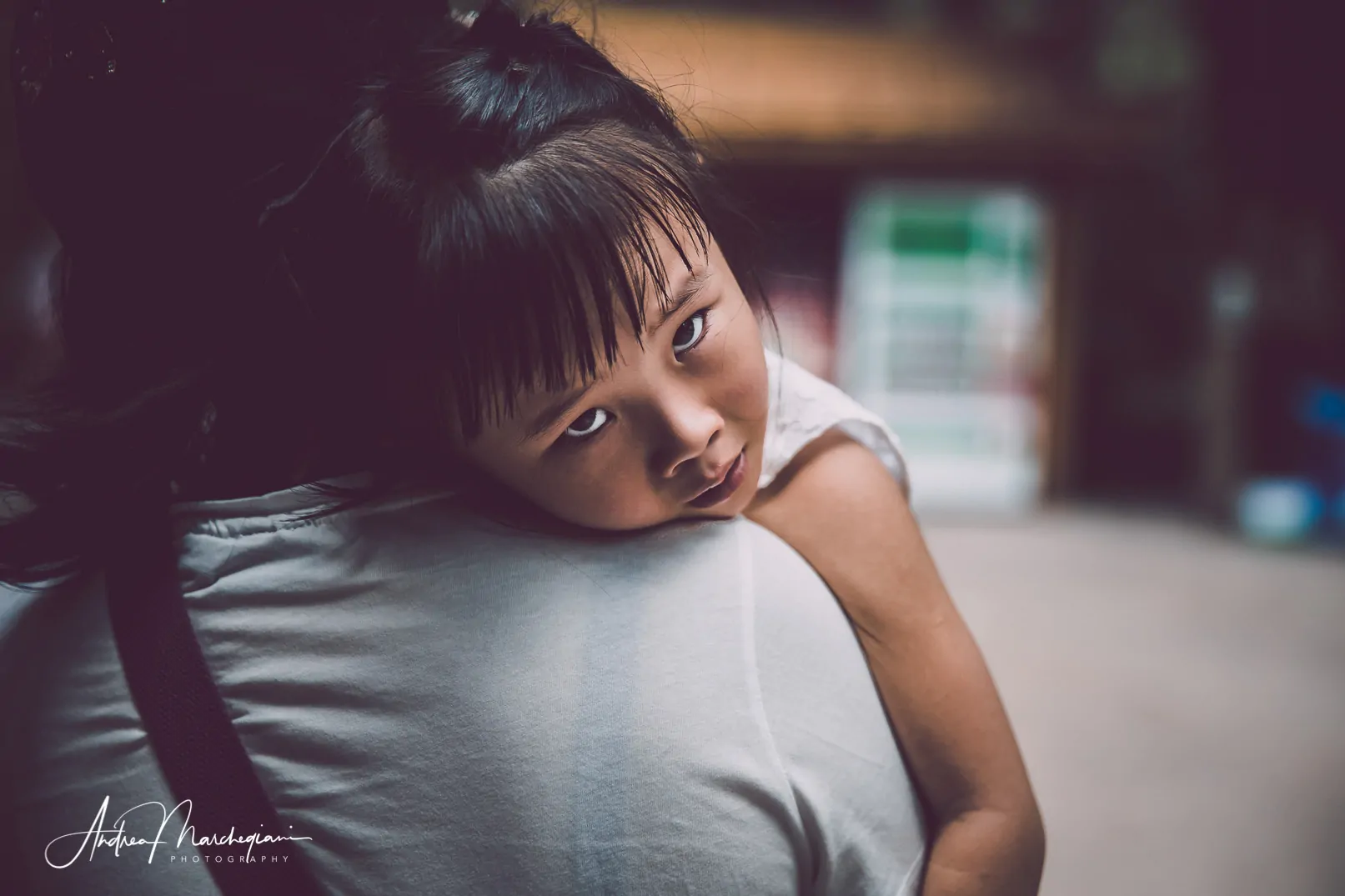
Regardless of whether it's landscapes or portraits, your photos always convey great emotions. The feeling is that one can observe the subject through your eyes. How do you achieve this? Does post-processing play a significant role in this aspect?
I wouldn’t know exactly. I’ve always been hypersensitive, and this has both positive and negative aspects. Since I was a child, I’ve always felt very uncomfortable in formal settings. I feel at home where emotions are allowed to express themselves freely. When I photograph, I seek moments of intimacy with the people and environments I capture. It’s not just an artistic need, but a human one. I have an existential need for connection with the world around me. Perhaps because I’m agnostic, I continually search for and chase after God in creation.
In my portfolio, I don’t think I have those impactful images that generate thousands of likes. Working on form produces visually appealing results, but my eye doesn’t work that way. I seek the soul, the substance, the simplicity of the ordinary. The only photographer I know who has managed to combine both aspects is Salgado. His photos are both intimate and formally excellent. They are unparalleled. Certain shots have deeply moved me, just like certain stories by Marguerite Yourcenar. The photos of Pellegrin and Webb, as excellent as they are, don’t touch me in the same way, while McCurry and Erwitt have now become the foundation of how almost everyone takes photos, so they elicit admiration from me but not astonishment. It’s similar to the brilliance of Hitchcock’s editing: today, his language may seem commonplace because it has become the grammar of Hollywood films that came after him. But I digress…
You also asked about post-processing: I have studied color theory and the meanings of various tones. I play with toning, almost in an expressionistic manner, trying to convey my emotions. If a photo doesn’t move me, I discard it.
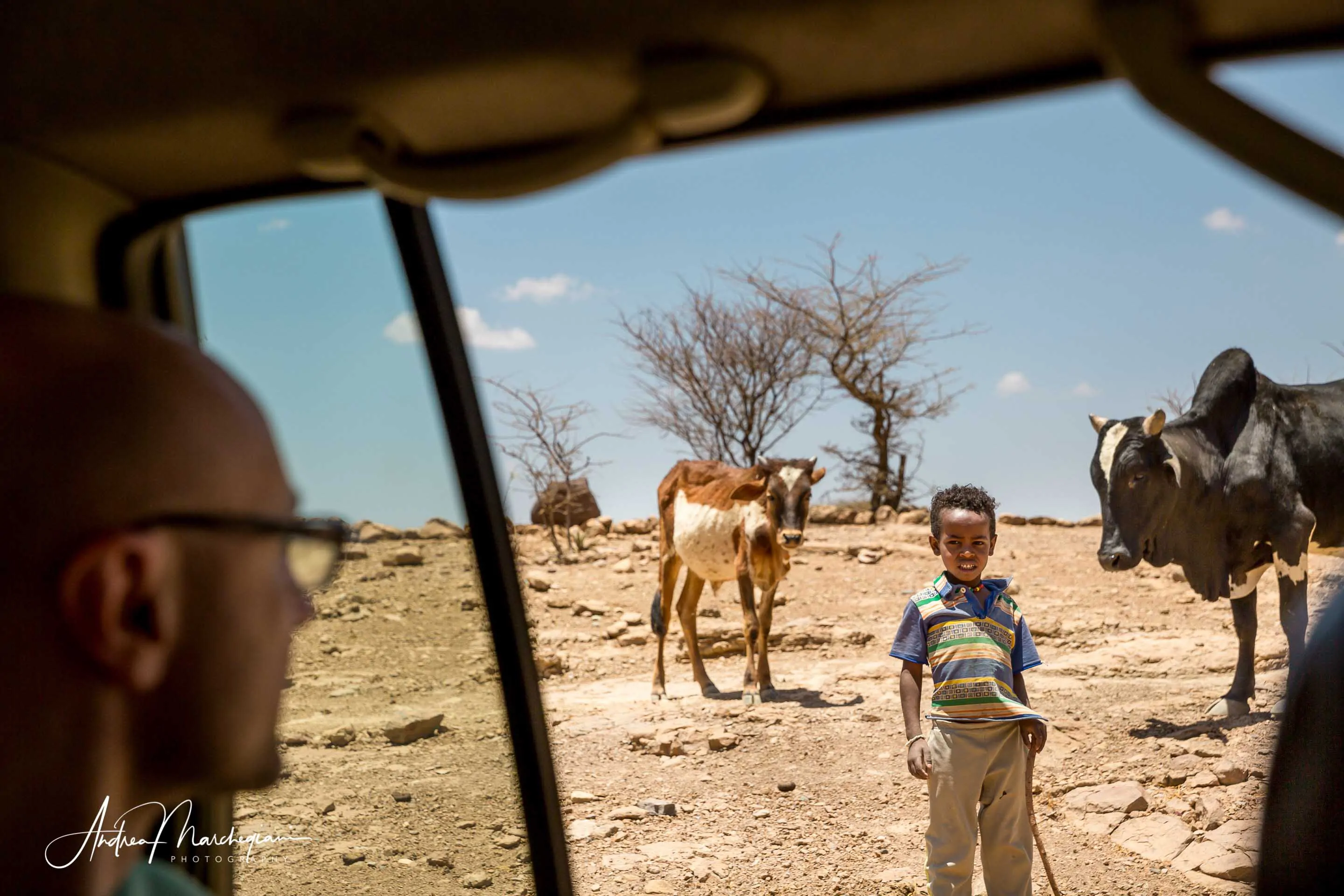
What or who would you like to be able to photograph and haven't had the opportunity yet?
I would love to go to India during the Kumbh Mela and the Holi Festival, the festival of colors. Indians are very open in expressing their emotions, and it puts me at ease as a photographer. I feel like a child in a toy store!
And if I could photograph Cyndi Lauper, my childhood idol, I would die happy. She is a very intense artist, a great performer. I owe my love for diversity and the courage to stay true to oneself to her. I envision a photo session that lasts for hours… I would get lost in the folds of her emotions and would never seek an exit!
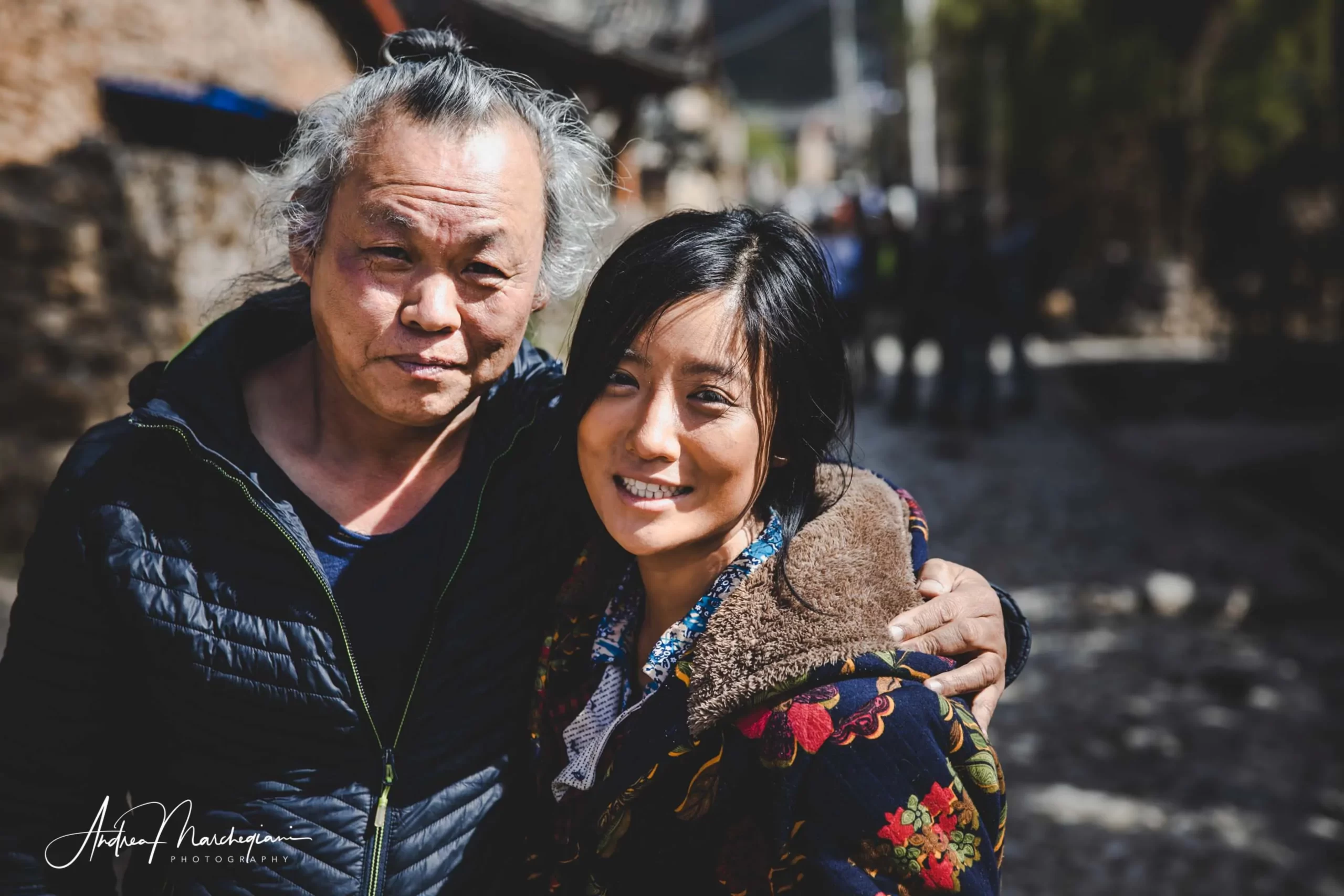
Being a cinema enthusiast like yourself, I can't help but ask you about your experience of meeting Kim Ki Duk. For those who may not know, he is a pillar of Asian cinema and arguably the greatest Korean director to have ever existed.
It seemed like a sign from destiny! I was in China, in the Yunnan region, and I happened to encounter him by pure chance. He was on the street with his crew, shooting a scene for a film. I alternate between moments of expansiveness and shyness. I was talking to his actress and asked for a portrait, and Kim Ki Duk approached, so I took a photo of him as well. But I didn’t have the courage to ask him his name. It was a friend of mine who did: when he answered, I felt an overwhelming emotion. It was solely due to his humble attitude that I managed to tell him how much I loved his body of work, how I studied it at university, and to thank him for the emotions he has conveyed to me. The scene in “Spring, Summer, Fall, Winter… and Spring” where the young monk kills a frog for amusement and then realizes the weight of his action with despair has been imprinted in my soul for years. It has literally become a part of me and guides many of the choices I make.
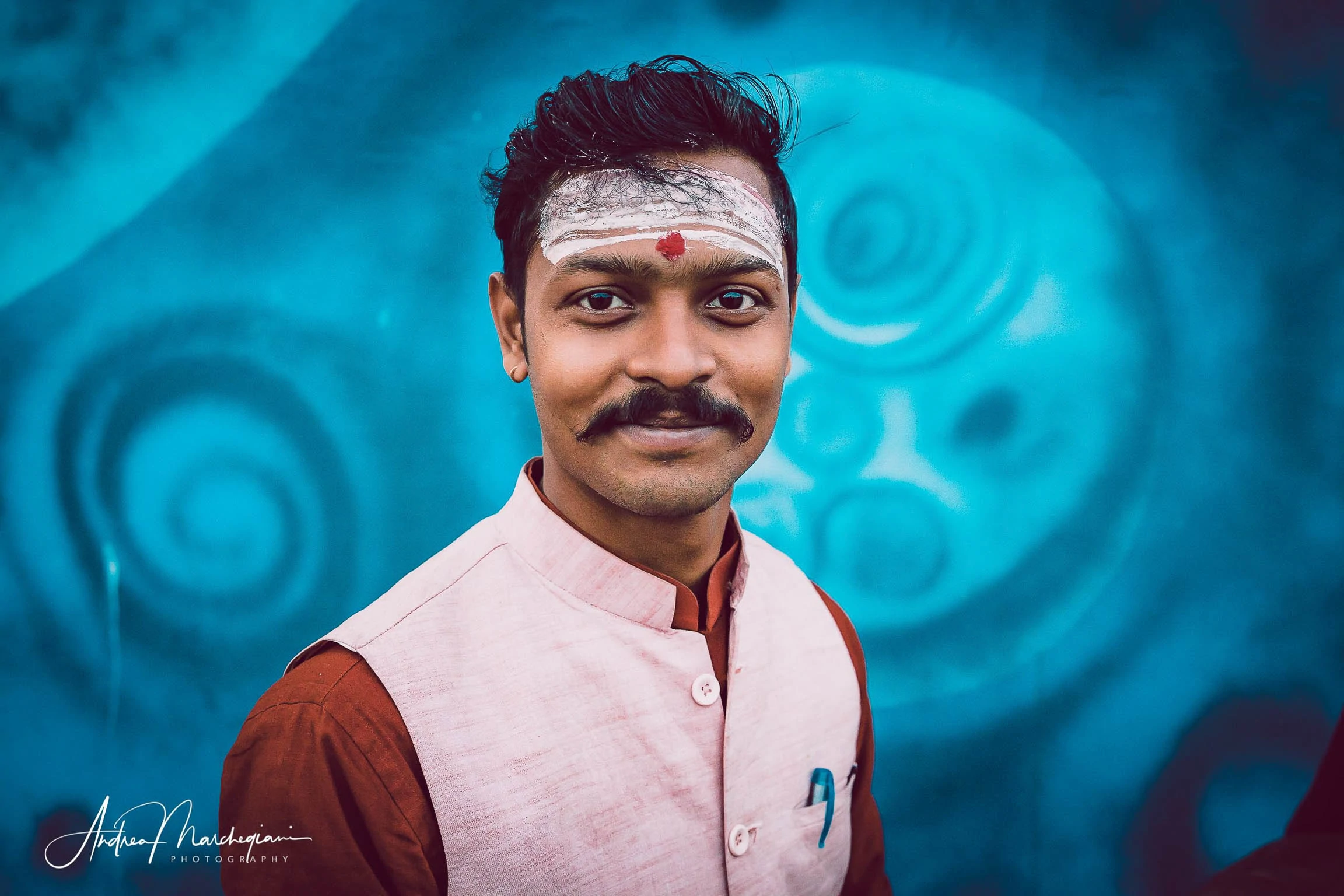
What advice would you give to someone who is taking their first steps in the world of photography and dreams of making it a profession one day?
I would advise to study photographic technique, the history of photography, and to practice a lot. But above all, I recommend exploring one’s inner world. There is a saying that goes, “We do not see the world as it is, but as we are.” We cannot photograph emotions that we have not experienced. Simply put, we would not recognize them, nor understand their value.
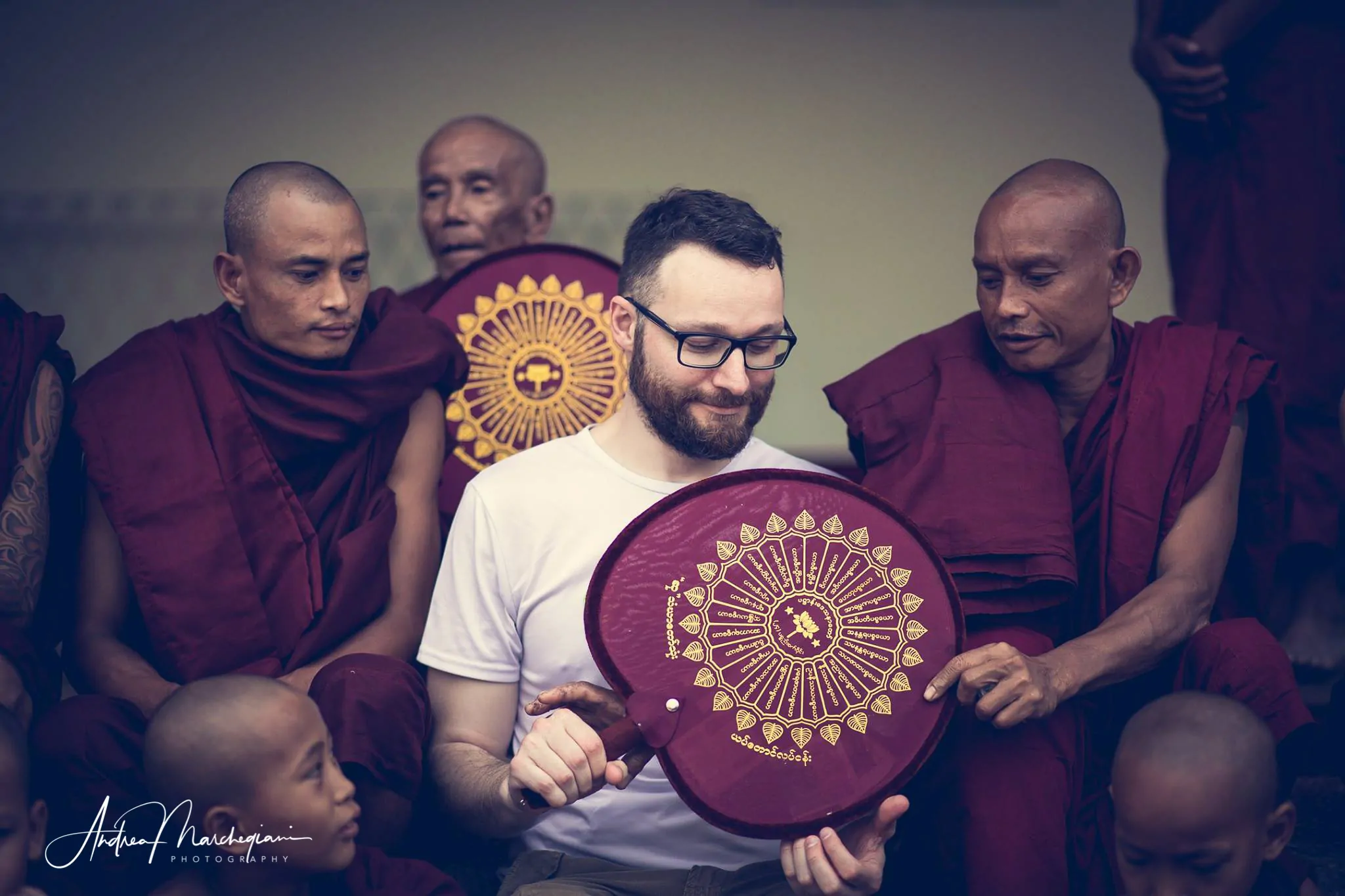
Do you consider yourself a happy and fulfilled person, or would you like to change some aspects of your life? What are your plans for the future?
I consider being happy as giving myself permission to be myself. So, yes, I would say I am happy. I have a life that reflects who I am, and I do everything with love. This doesn’t mean that I don’t have moments of discouragement, confusion, or conflict. Sometimes I lose myself, but then I find myself again. Often, happiness is portrayed as an ideal to achieve: having money, beauty, success. However, I see this as a Western illusion that leads to performance anxiety, consolatory consumerism, and fearful conformity. I gladly do without that!
Currently, I am reconnecting with my passion for writing fiction. I am working on a book that has been in my drawer for years. We’ll see what it becomes in the future.



